Bees and wasps are both insects that belong to the Hymenoptera group and have a reputation for being bothersome and sometimes dangerous to humans. Yet, these insects serve a crucial function in our ecology and are essential for pollination and pest management.
Despite their similarities, bees and wasps have numerous morphological, dietary, and behavioral distinctions that distinguish them. The purpose of this article is to investigate the interaction between bees and wasps and to provide a response to the question, “Do bees and wasps like each other?”
The Differences Between Bees and Wasps
Bees and wasps have various physical traits that allow them to be distinguished. Bees have a rounder and fuzzier appearance, a larger body, and more noticeable wings. They are typically black and yellow or black and orange.
See also Can You hold Wasps? & How to do it Safely!
Wasps, on the other hand, are thin and have longer, narrower bodies. They have fewer hairs and are usually black or brown with yellow stripes.
Bees and wasps have distinct diets and environments, which contribute to their variances. Bees are herbivores that consume nectar and pollen from flowers. They also construct hives to house their colonies and protect their offspring.
Wasps, on the other hand, are carnivorous, eating insects and spiders. They reside in colonies and create nests out of paper pulp, however, they do not produce honey.
Bees and wasps have distinct temperaments and behaviors that distinguish them. Bees are often thought to be docile, and they will not sting unless provoked. They are social insects that pollinate flowers and make honey in colonies.
Wasps, on the other hand, are known for their aggressive temperament and are more prone to sting without provocation. They are also solitary hunters, unlike bees, and do not create vast colonies.
The Advantages of Bees and Wasps
Bees play an important role in crop and plant pollination, which is critical for food supply. They also generate honey, a nutritious sweetener with various health advantages. Bees are also critical to the conservation of biodiversity and the health of our ecosystem.
Wasps have a bad image as pests, but they also perform a crucial part in our environment. They aid in the control of various insects and spiders that can be damaging to crops and plants. Wasps pollinate flowers as well, and some species are utilized in biological pest control.
See also How does a Wasp make a Nest? [Images+Video]
Do Bees and Wasps Get Along?
Despite their differences, bees and wasps share some characteristics. They are essential for pollination and play a significant role in our ecology. Both insects may also sting and defend themselves against predators.
Yet, the behavior of bees and wasps can differ significantly, which can alter their relationships with one another. In general, bees are gentle and will not attack unless provoked. They are less aggressive in guarding their territory and are more interested in obtaining pollen and nectar.
Wasps, on the other hand, are known for their aggressive nature and are more inclined to strike without provocation. They are also aggressively territorial and will defend their nests ferociously.
Bees and wasps can sometimes be found in the same region in the wild, and their interactions can be complex. Certain bees and wasps may compete for the same resources as flowers, such as nectar and pollen.
Bees and wasps, on the other hand, may benefit from each other, as wasps can assist limit the population of other insects that may threaten bees.
Why Do Bees and Wasps Fight?
Competition for resources is one reason bees and wasps may clash. Both bees and wasps feed on flowers, however, they may prefer different types of flowers or have different foraging habits. This might result in competition for the same resources and conflict between the two insects.
Another reason bees and wasps may clash is that wasps are predatory. Several wasp species may prey on bees or their young, resulting in direct confrontation between the two insects.
Bees have many defense mechanisms that can contribute to wasp conflict. Bees can emit pheromones that alert other bees to danger, which can lead to a swarm attacking a possible predator. Wasps may also be attacked by bees if they are considered a threat.
See also Where do Wasps Go when it Rains & 15 Other FAQ’s
ALSO SEE: Are Wasps Curious?

Questions and Answers
Answer: Bees and wasps can be found in a wide range of settings, including forests, meadows, and cities. Their preferred environments, however, may change depending on the species.
Answer: Pollination and pest control are crucial functions of bees and wasps in our ecology.
Answer: Bees and wasps may sting one another while vying for resources or defending their territory.
Answer: To avoid bee and wasp stings, avoid disrupting their nests or swarms. Wearing protective clothing and applying insect repellent can also aid in the prevention of stings.
Answer: Several bee and wasp species are threatened by habitat loss and pesticide use, but many are still common in the wild.
Conclusion
Finally, there are parallels and differences between bees and wasps that can affect their interactions in the field. While they may compete for resources and exhibit distinct behaviors, they both play critical roles in our environment.
Although it seems improbable that bees and wasps prefer each other, their interactions in the environment can be complex and occasionally contradictory.
